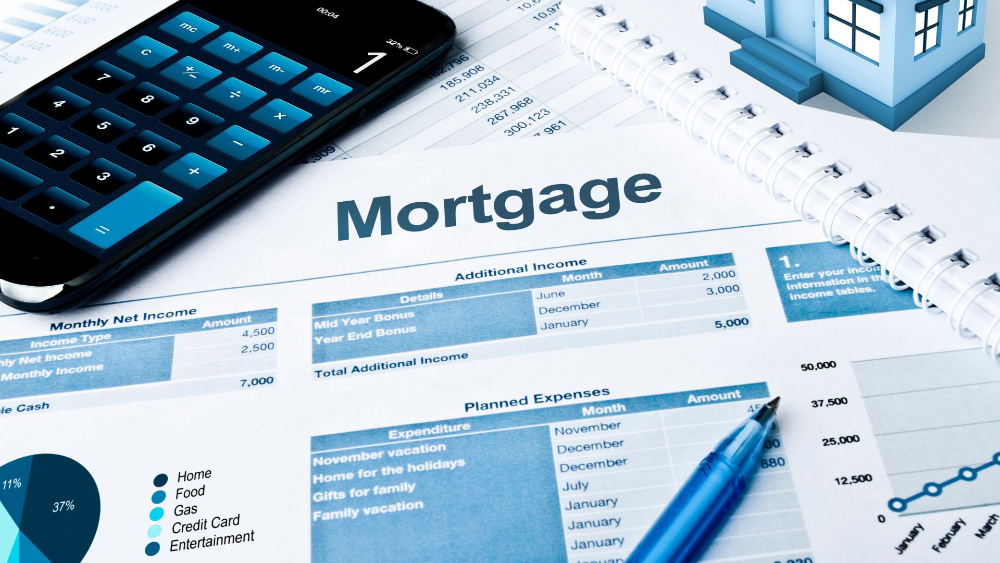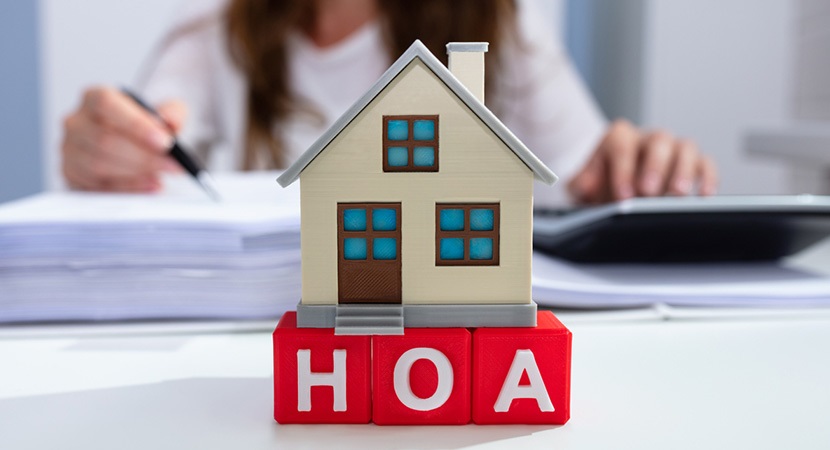Buying a home is an exciting milestone in life, but it can also be a confusing and overwhelming process, especially for first-time buyers. One of the most important choices you’ll make is deciding which type of mortgage is best suited for your needs. There are several different types of mortgage loans available, each with its own impressive set of features, advantages, and drawbacks. To help you make an informed decision, here’s a breakdown of the six most common types of mortgage loans:
Fixed-Rate Mortgage
A fixed-rate mortgage is the most commonly chosen type of home loan. With this kind of mortgage, your interest rate remains stable throughout the entire term of the loan, usually between 1 and 10 years. This means that your monthly mortgage payments will also stay the same, making it easier to budget for your new home. However, if interest rates drop over time, you may end up paying more compared to a variable-rate mortgage.
Variable-Rate Mortgage
In contrast to a fixed-rate mortgage, a variable-rate mortgage has an interest rate that can change over time, depending on fluctuations in the prime lending rate. This type of mortgage can offer potential savings if rates decrease but also carries the risk of increasing monthly payments should rates rise. It’s critical to understand your risk tolerance and weigh it against the potential benefits before choosing a variable-rate mortgage.
Conventional Mortgage
A conventional mortgage requires borrowers to make a down payment of 20% or more of the property’s purchase price. This type of mortgage does not require mortgage default insurance, which can save borrowers thousands of dollars in insurance premiums. However, a large down payment may not be feasible for everyone, so there are other options available for those who cannot afford the required down payment.
High-Ratio Mortgage
A high-ratio mortgage is designed for borrowers who can only afford a down payment of less than 20% of the property’s purchase price. These loans require mortgage default insurance, which covers the lender in case the borrower defaults on payments. While this increases overall mortgage costs, it can make homeownership possible for people who can’t afford a large down payment.
Open Mortgage
An open mortgage offers borrowers the flexibility to make prepayments or even pay off the entire loan without incurring penalties. This flexibility can be beneficial for individuals who anticipate a more substantial income or other financial windfall in the future. However, open mortgages often have higher interest rates compared to closed mortgages.
Closed Mortgage
A closed mortgage imposes restrictions on prepayments and early payoffs, with penalties applied if the borrower pays more than the agreed-upon amount each year. While these terms may be less attractive for some, closed mortgages generally have lower interest rates than open mortgages.
To Conclude
Choosing the right mortgage type depends on your personal financial situation, risk tolerance, and long-term goals. To make the best decision, research your options, consult with reliable mortgage lenders, and consider your future plans before deciding on the loan that’s right for you. With the right information and guidance, you can find a mortgage that will help you to reach your homeownership dreams. Good luck!

















